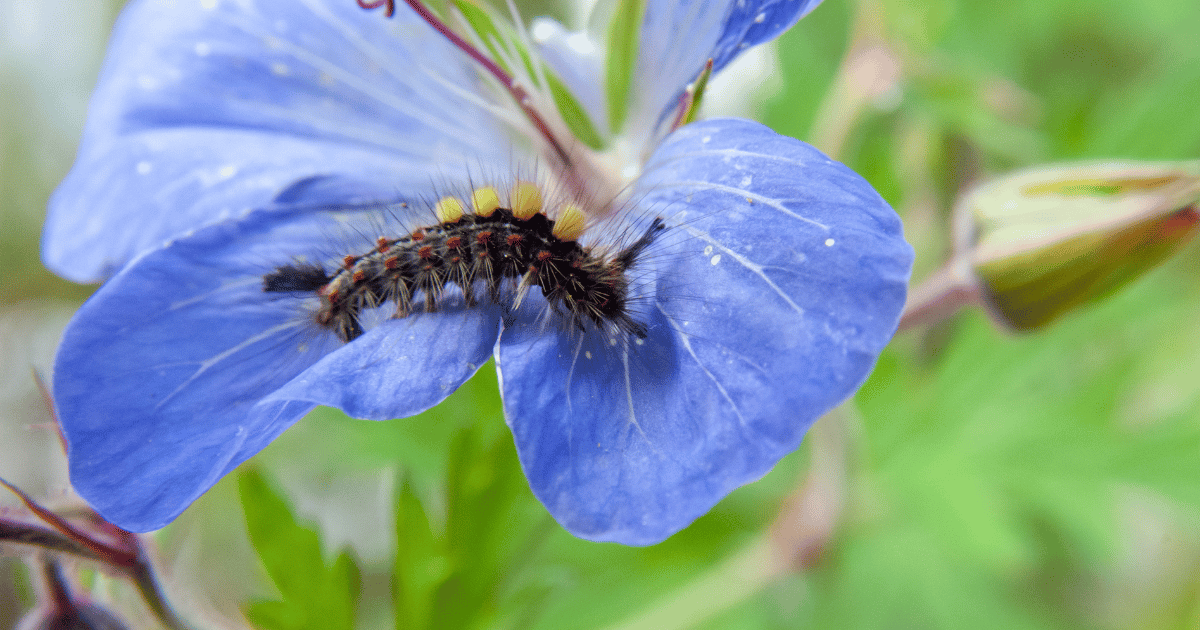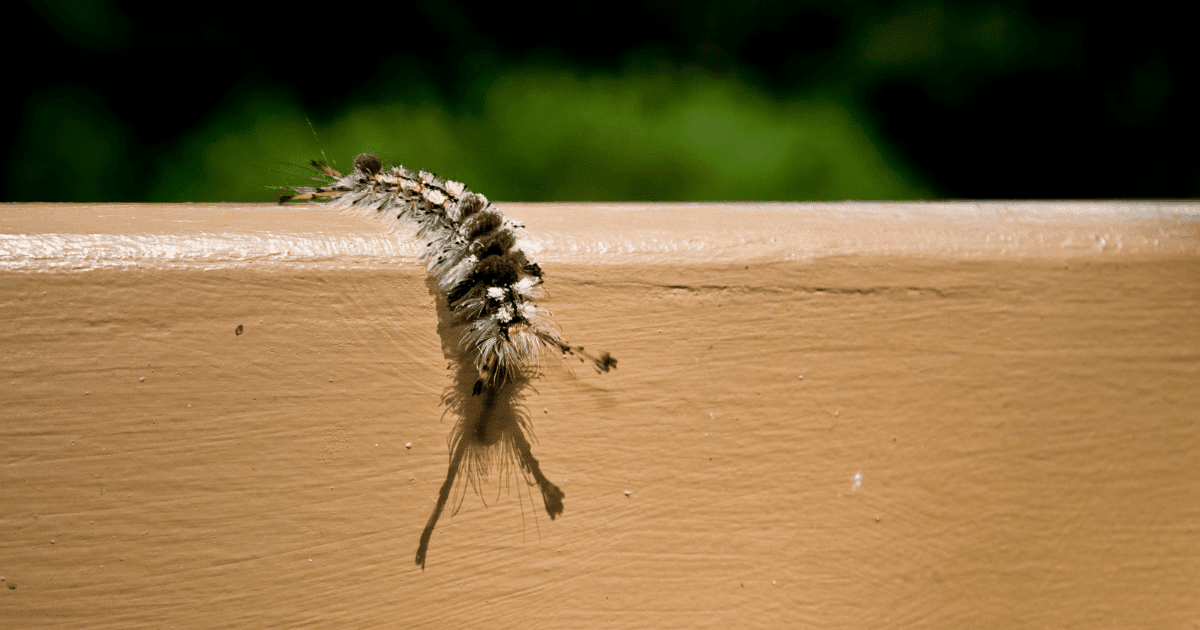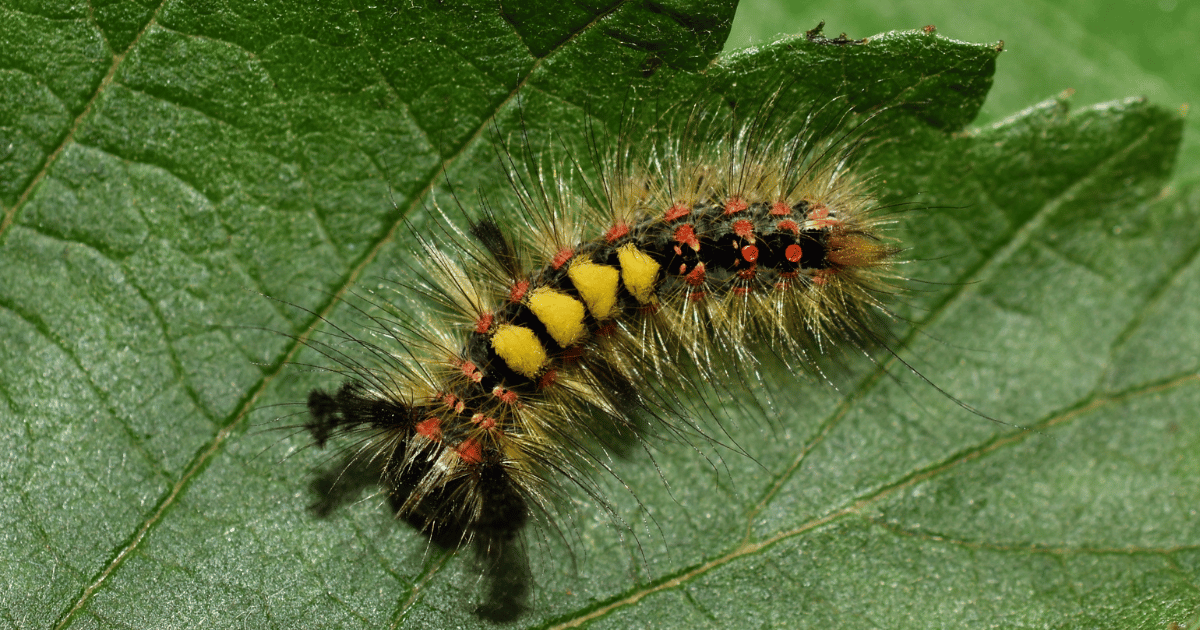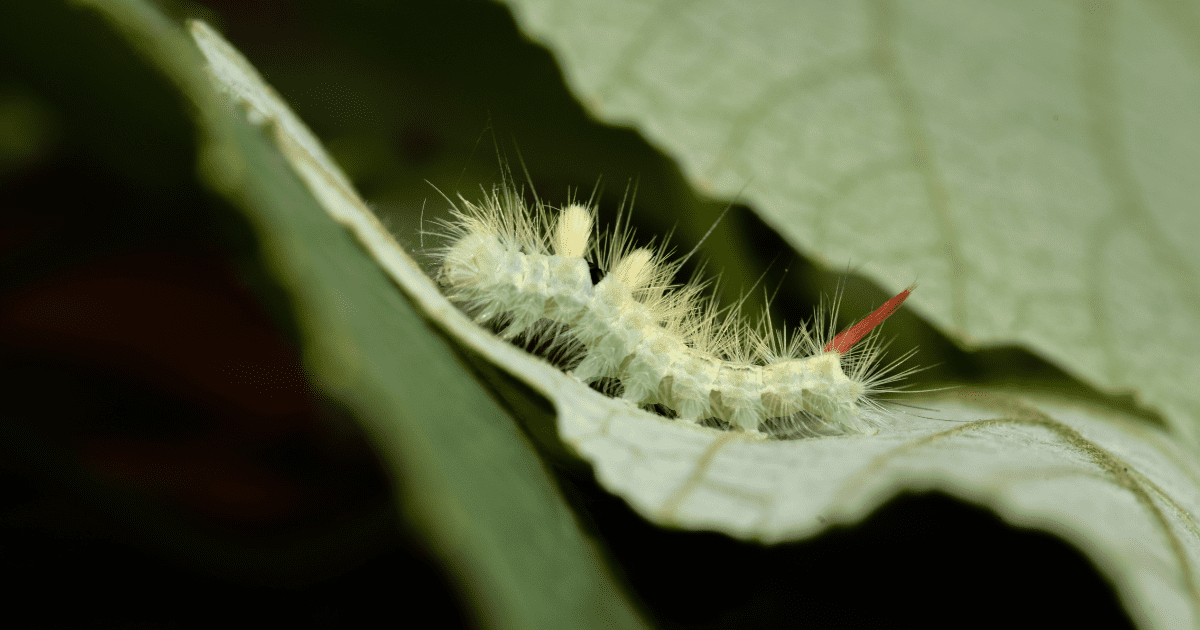If you’re looking for practical techniques and prevention advice on how to get rid of tussock moth caterpillar in your yard or house, this article offers them to help you take charge.
Want to Take Action Against Tussock Moth Caterpillar?

Do you have a tussock moth caterpillar problem in your house or garden? Although these fuzzy caterpillars may appear innocent, they may seriously destroy trees and plants. You will find instructions on how to get rid of tussock moth caterpillar in this post that are both effective and secure.
We can help you with everything from spotting infestation symptoms to putting preventative measures in place.
Knowing the Tussock Moth Caterpillar
The first step in understanding how to get rid of tussock moth caterpillar is correctly identifying them. They typically look fuzzy, and their bristles can irritate the skin when touched. They can often be seen in various colors, including brown, yellow, and white.
Regular Habitats
They are typically seen on plants in gardens but can also be found on trees like oak, spruce, and pine. They can be found in hidden cracks or on the undersides of leaves.
Reasons to Remove the Tussock Moth Caterpillar
If not controlled, tussock moth caterpillars can kill plants and trees. Direct contact might also irritate the skin in certain persons. To maintain a healthy garden and prevent discomfort, learning how to get rid of tussock moth caterpillars is essential.
Efficacious Techniques for Elimination

Chemical insecticides are a popular technique to learn how to get rid of tussock moth caterpillar. When using these chemicals, adhere to all security precautions and keep kids and pets out of the treated areas. An insecticide made from bacteria called Bacillus thuringiensis (Bt) specifically targets caterpillars without killing other valuable insects.
Chemical Sprays: Pyrethroid-based sprays can also be effective but are typically less eco-friendly.
Natural Approaches
Here are some alternatives to traditional methods for how to get rid of tussock moth caterpillar:
- Spraying the damaged plants with neem oil, a natural insecticide, will help.
- Using your hands, pick the caterpillars out by hand while wearing gloves to protect your skin.
Obstacles and Traps
- Pheromone traps: These can be used to catch adult moths and reduce the population.
- Tree Bands: By wrapping adhesive bands around tree trunks, you can stop caterpillars from scaling and wreaking havoc.
Preventive Actions
Understanding how to get rid of tussock moth caterpillar is half the battle. Equally significant is prevention.
- Make it a practice to inspect your garden for any signs of infestation regularly.
- Clean up any waste and fallen leaves to prevent the creation of breeding grounds for bacteria.
When to Get Expert Advice
It may be time to seek expert assistance if you’ve tried numerous how to get rid of tussock moth caterpillar approaches but continue to experience infestations. They can offer a thorough method for successfully managing and getting rid of these pests.
FAQs
Do Caterpillars of Tussock Moths Contain Poison?
Their bristles can irritate the skin even if they are not harmful. When working with them, gloves are advised.
Are Indoor Plants Affectable by Them?
Yes, they occasionally contaminate houseplants. Follow the instructions on how to get rid of tussock moth caterpillar if you see any to prevent damage.
How Long Will It Take to Remove Them?

The time required to eliminate these pests varies depending on the technique. Chemical therapies frequently provide benefits more quickly than natural ones.
Please feel free to distribute this in-depth manual to anyone who is experiencing tussock moth caterpillar issues. We can make our homes and gardens healthier and happier by working together.
When are Tussock Moth Caterpillars Most Active? Seasonal Trends?
Knowing how to get rid of tussock moth caterpillar most successfully may depend on understanding the pests’ seasonal behavior. Typically, tussock moth caterpillars are most active in the late spring and early summer months. They emerge from their eggs at this time and begin to graze on your plants. You can catch an infestation early and manage it more successfully if you are alert throughout these months.
Caterpillar Tussock Moth Life Cycle
These insects have four life stages: the egg, larval (caterpillar), pupal, and adult moth. The caterpillar stage is the most harmful since it feeds on leaves and, if unchecked, can defoliate entire trees. You can take preventative action before an infestation happens by knowing its lifecycle.
What Kinds of Plants Are Most At Risk?
The preferred host plants of several species of tussock moth caterpillars differ. However, some widespread plants are particularly vulnerable to infection, such as:
- The oak tree
- Pinyon Trees
- Prunus trees
- Fruit trees
- Bush roses
Knowing which plants are vulnerable may help you concentrate on how to get rid of tussock moth caterpillar infestations.
How to Check the Activity of Tussock Moth Caterpillars
Being prepared is one of the best ways to understand how to get rid of tussock moth caterpillar infestations.
Inspection by sight
Regularly look for caterpillars or eggs on the undersides of leaves, branches, and stems. The best times for this are in the early morning or late afternoon.
Employing Monitoring Tools
To track the behavior of adult tussock moths, some gardeners employ lures and traps. These techniques may be helpful if you have a sizable garden or several different places to monitor.
Controlling Tussock Moth Caterpillars at Home
If you’re looking for how to get rid of tussock moth caterpillar on a budget, there are other do-it-yourself alternatives to chemical and professional treatments that you can try.
Water and Soap Spray
As a low-cost insecticidal spray, soap, and water can be used. If used too much, it might hurt your plants, so be careful not to overdo it.
Using insecticide-treated nets
Tussock moth caterpillars can be deterred physically by covering sensitive plants with nets. To prevent ingress, ensure that the mesh is fine enough.
Relevant Lessons
A multifaceted strategy is required to learn how to get rid of tussock moth caterpillars:
- Identification: Recognize an infestation’s telltale signs and symptoms.
- Treatment: Pick the best course of action, whether a chemical, natural, or do-it-yourself approach.
Regular inspections and hygienic gardening practices should be implemented as continuous preventive measures.
- Professional Assistance: If all else fails or the infestation is severe, consider engaging specialists for a comprehensive and efficient cure.
Conclusion:
Infestations of the caterpillars of the tussock moth can be harmful and annoying. You can control and ultimately get rid of these unwanted visitors by being proactive and prepared.
The most important thing is to move quickly, whether you choose chemical remedies, natural substitutes, or do-it-yourself fixes. Your chances of keeping a thriving and healthy garden are better the more you know how to get rid of tussock moth caterpillar.
Hello! I’m Javed, a versatile content writer specialized in various niches, with a particular passion for home and garden topics. My expertise extends beyond writing—I’m also skilled in SEO and WordPress development, boasting over four years of experience in these areas.
